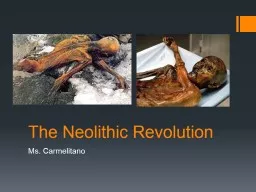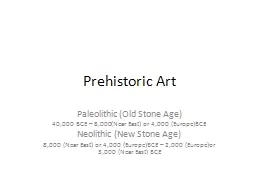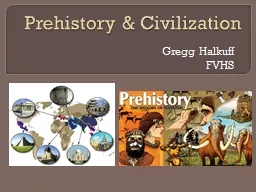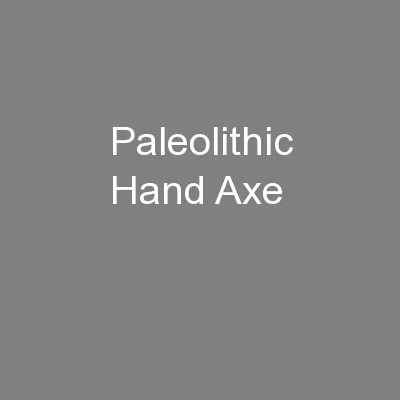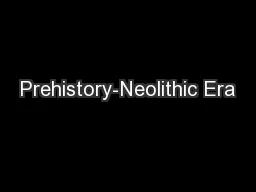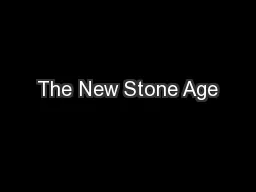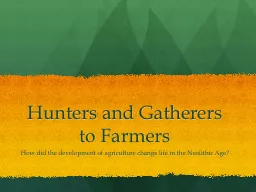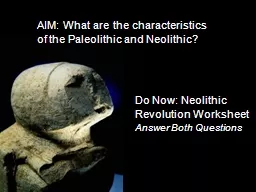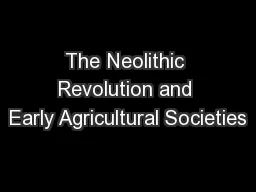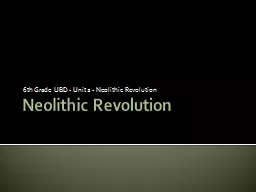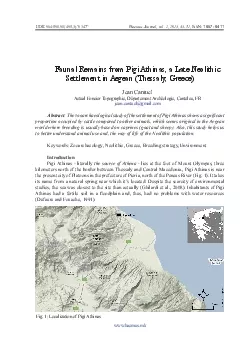PPT-The Neolithic Revolution
Author : test | Published Date : 2017-05-21
Ms Carmelitano The Neolithic Revolution The New Stone Age The Agricultural Revolution The shift from food gathering to food producing Began between 9000 5000 BCE
Presentation Embed Code
Download Presentation
Download Presentation The PPT/PDF document "The Neolithic Revolution" is the property of its rightful owner. Permission is granted to download and print the materials on this website for personal, non-commercial use only, and to display it on your personal computer provided you do not modify the materials and that you retain all copyright notices contained in the materials. By downloading content from our website, you accept the terms of this agreement.
The Neolithic Revolution: Transcript
Download Rules Of Document
"The Neolithic Revolution"The content belongs to its owner. You may download and print it for personal use, without modification, and keep all copyright notices. By downloading, you agree to these terms.
Related Documents

